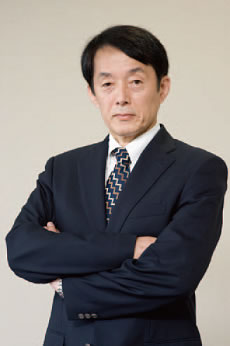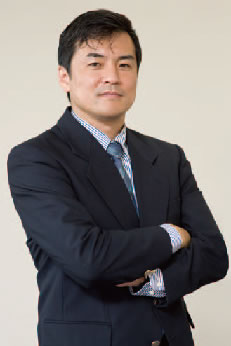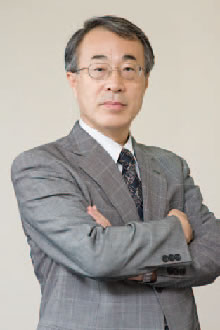Messages from CMSI Division Directors
 |
Tetsuo Mori
Most of the practical materials studied in material science are manufactured by means of nonequilibrium processes. Their internal structure is non-uniform. This means that, for example, the phenomena that determine material strength have a pronounced nonlinearity, and therefore it is difficult even to give a quantitative description of the phenomena themselves, to say nothing of determining the physical properties that lie behind the phenomena. For this reason, experiments usually precede theoretical and computational researches. However, advances in computational materials science will be indispensable in order to make effective use of limited res ources and develop materials with great precision. Japan is one of the world leaders in the development of steel and other materials. The expectations placed on computational material science to provide the breakthroughs needed to carry on this tradition are considerable. Computational materials science in the next generation will be innovated and developed by today's young people. A great deal of knowledge will be gained from people in different fields such as condensed matter physics and molecular science as a result of the CMSI project, and unique material science techniques will be systematized based on this knowledge. Young researchers must play a central role throughout this entire process. The goal of the Institute for Materials Research, Tohoku University, is to work with these young researchers and serve as a center for establishing nextgeneration computational materials science. |
 |
Naoki Kawashima
The Institute for Solid State Physics at the University of Tokyo has assisted the development of state-of-the-art parallel computing in the computational materials science community through the use of shared supercomputers. |
 |
Kazuo Takatsuka
Computers are magnificent tools. However, whether or not they are actually useful is dependent on the person using them. The human brain is made up of a complex network of neurons. When people are linked together, the networks of multiple brains are connected, forming a higher order of network. Moreover, the network within each individual brain is also stimulated. The connection distance (correlation range) is also extended. Thanks to the establishment of CMSI, my b r a i n , w h i c h h a s b e e n f o c u s e d o n molecular science, now has a correlation with condensed matter physics and materials science as well, so the reception distance is longer and the coverage area for receiving communications is wider. I find this tremendously exciting. |



